Happy Pi Day!
Happy Pi Day!
Nikola Tesla aka “Mr. π / 2 ( c )”

From June 1, 1899 to January 7, 1900, Nikola Tesla conducted experiments and research on high voltage and high frequency electricity to prove his theory of world wireless energy transmission. His previous 10 years of lectures, experiments, and research prior to this expedition had prepared him to further explore the most complex electrical forces any human had previously ever faced in history.
He chose Colorado Springs, CO as the location due to the high elevation and low air pressure suitable for electrical experimentation. Also, because this was a far more sparsely populated and open area compared to his lab in New York, he was free to experiment with the more extreme parameters of electricity.
With his new and improved Tesla coils that he had invented previously, which could produce electrical power up to millions of horsepower, he was set to challenge the limits of electricity. It’s clear from Tesla’s notes that his principle initiative was to find ways to manipulate the forces of nature and to utilize them for the advancement of humankind. In his Colorado Springs Notes text, he expressed that he had three main goals:
1. To develop a transmitter of great power.
2. To perfect means for individualizing and isolating the energy transmitted.
3. To ascertain the laws of propagation of currents through the earth and the atmosphere.
In his seven months of work, not only did he accomplish all three goals and prove his theory of wireless energy transmission, but he made some of the most remarkable experiments in scientific history. He obtained voltage and frequencies in the hundreds of millions of horse power–producing sparks over 100 feet in length, and actually sent energy through the earth itself to light multiple lamps which were placed dozens of miles away from his transmitter. He discovered stationary waves deriving from natural lightning discharges which his receiver could detect hundreds of miles away from his station. This discovery proved that power could indeed be transmitted through the earth to far distances. He also discovered that the earth as a whole had certain periods of vibrations, and by using his large oscillator could impress electrical vibrations at the same periods upon it creating more energy within the earth. This process is now referred to as constructive interference (the interference of two or more waves of equal frequency and phase, resulting in their mutual reinforcement and producing a single amplitude equal to the sum of the amplitudes of the individual waves). By doing this repeatedly using massive amounts of energy unheard of before, Tesla was able to transmit energy from his transmitter around earth and back to his receiver traveling at a mean velocity of 292,815 miles per second. Over 100,000 mps faster than light. Many electrical experimenters have proven this velocity including Jonathan Zenneck and Arnold Sommerfeld. The mathematical equation to this speed is pi divided by 2 times the speed of light.
v = π / 2 ( c )
v = average velocity of Tesla’s electrical current round earth (miles per second)
(you can plug in any metric and get same results)
c = speed of light (miles per second)
v = π / 2 (186,300)
v = 1.57 (186,300)
v = 292,491

The speed of light is a constant, it is not a limit. The velocity of light is an expression of the ratio of energy to mass. Tesla’s waves worked on different dimensions. The electromagnetic waves we use in today’s technology travel at the speed of light, but due to the nature of these waves (which are similar to light), they diminish with distance. This is because their electromagnetic lines of force and their magnetic lines of force intercept the angles of one other, causing resistance (radiation resistance). This is also why they eventually lose energy. Tesla, on the other hand, used an oscillating wave, or a longitudinal wave, in which the electromagnetic and magnetic forces run parallel with each other (hence there is no friction or loss of energy). As a result, the more power he used, the faster and further these waves would travel. Imagine what can be accomplished with waves that do not diminish with distance!
Witnessing this experiment, space, according to Tesla, was completely annihilated. This meant he could potentially throw the globe into oscillations of such magnitude that massive amounts of energy could be created, collected, and transmitted to any point on earth regardless of distance.
More Posts from Astrorelations and Others

I love statues like this. How does someone have so much talent?
Hi! Can you tell some uni or colleges math resources?
Can you be more specific? Like resources for studying for particular undergrad level classes?
A few “classic” online references:
Paul’s online math notes (https://tutorial.math.lamar.edu/): algebra, calc 1-3, diff eqs though I’ve mostly only used the calc ones. A common favorite
Khan Academy: haven’t actually used any of their math stuff for years but I remember their videos were good
3blue1brown: he has a series on calc, diff eqs, and linear alg. I haven’t actually watched many of these either but his videos are generally good and I know people who like the series in particular
If you mean higher level math, I tend to just use a search engine and end up referencing a mix of wikipedia, wolfram mathworld, random pdfs from various universities, and math stack exchange. And of course textbook pdfs
If you give me more details, I’ll see if I can think of anything else!
Albert Einstein:
“God does not play a dice with the universe.”
Niels Bohr:
“Stop telling God what to do with his dice.”
Stephen hawking:
“Not only does God play dice but...he sometimes throws them where they cannot be seen.”
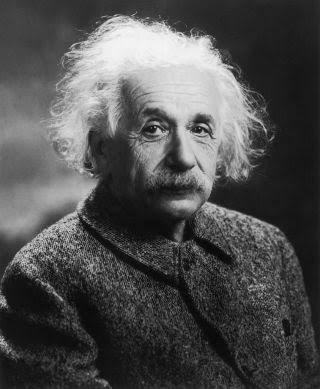
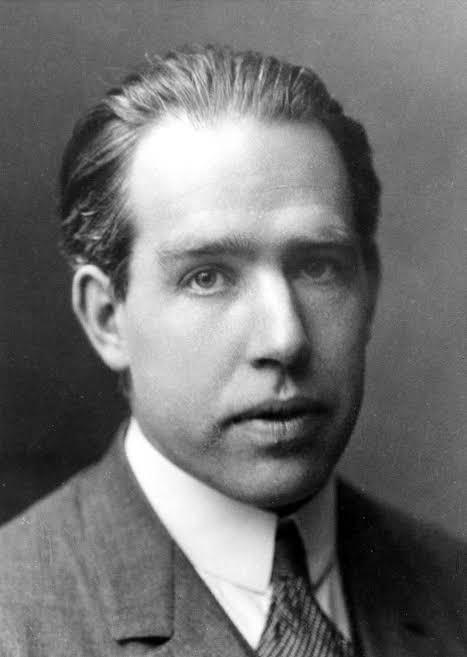

Energy formulas for imaginary matter
An imaginary matter is the mirror image of the corresponding real matter.
Energy formulas for real matters are still useful for imaginary matters if an observer is in the imaginary space. Then how are energy formulas for imaginary matters expressed if an observer who is in the real space could observe imaginary matters?
Suppose that observer A is in the real space and observer B is the mirror image of observer A in the imaginary space.
The space velocity vector and spacetime velocity vector measured by observer A are the opposite of those measured by observer B in the same way that the left and right sides of the mirror image are swapped, i.e., the space speed measured by observer A is constant at the maximum speed c and the spacetime speed measured by observer A is variable.
The relationship of these velocity vectors are shown in the figure below.

Assuming an imaginary matter moves at speed vi measured by observer B, the space speed vsB, time speed vtB and spacetime speed vstB measured by observer B are as follows:

On the other hand, the space speed vsA, time speed vtA and spacetime speed vstA measured by observer A are as follows:

The following equation holds true for time speed.

Hence, the following formula is obtained for the spacetime speed measured by observer A.

The spacetime speed measured by observer A is smaller as the space speed measured by observer B is larger.
Real matters cannot move at the speed of light at the cost of having mass, while imaginary matters also have mass but move at the speed of light.
Mass energy vector is in the time axis of the space-time complex plain and the time axis is common between the real space and imaginary space. Hence, the magnitude of mass energy vector is invariant for the spatial inversion. The imaginary space axis is at right angles to the real space axis in the space-space complex plain.

Therefore, the mass energy of imaginary matter measured by observer A is expressed as follows:

where “−i” is the operator that transfers from the real space to the imaginary space and m is mass.
The energy formulas for real matters in the range of v>c express those for imaginary matters, but the energy formulas of total energy and momentum energy are exchanged for each other. Therefore, the momentum energy Es and total energy Est of imaginary matter measured by observer A are expressed as follows:

For an imaginary matter at rest (vi = 0),

The space speed of imaginary matters is always zero because they have no momentum energy. Hence, an imaginary matter is equivalent to the real matter with (square root of 2) times the mass of the imaginary matter, moving at the speed of light.
The space velocity and time velocity of real matter, light and vacuum energy and those of imaginary matter converted into the real space are arranged below.
・Real matter : relative space speed and relative time speed ・Light : absolute space speed and no time velocity ・Vacuum energy : neither space velocity nor time velocity ・Imaginary matter : absolute space speed and absolute time speed
Mars
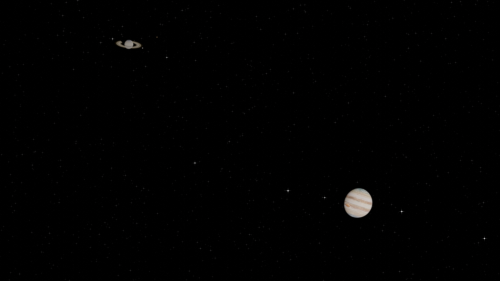
Jupiter and Saturn
21.12.2020…. the closest approach for 800 years
https://www.youtube.com/watch?v=G27G_JBlvIw
Keep reading

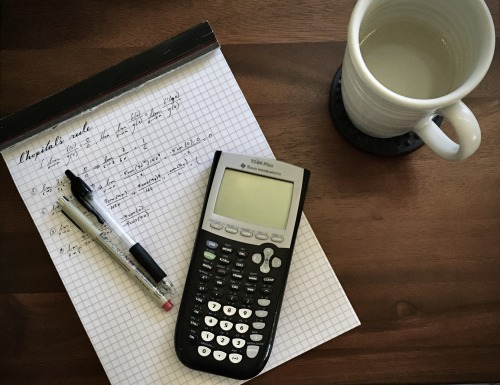
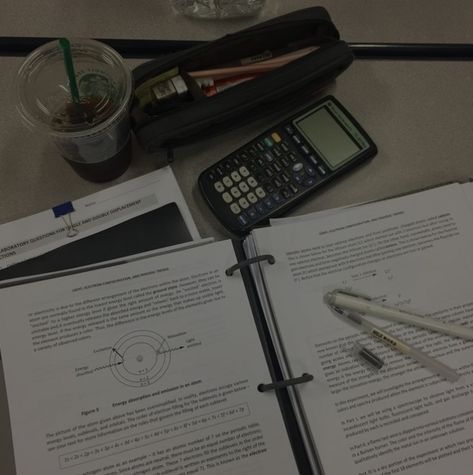

the mathematics students
crisp, grey mornings
the scratch of pencil on graph paper
working through complex problems just for the joy of it
baroque era piano music playing in the background
a love of patterns and puzzles
writing out your favorite proofs again and again
advanced math courses, sitting with the upperclassmen
the dusty green of an empty chalkboard
formulas scribbled on your hand in pen
going through a problem again and again until you understand it fully
carefully sketched graphs
short, bitten nails
ice cold water
hands marked with graphite
using math to take apart the world around you
doodling fractals on scratch paper
memorizing digits of pi just to show off to your friends
the moment of clarity when a problem fits together
hair clipped back out of your face
looking for fibonacci sequences in nature
watching a long and complicated equation simplify down to something short and compact
Tired of this tension (T)


hmmm
-
 rhaheemah777 reblogged this · 1 year ago
rhaheemah777 reblogged this · 1 year ago -
 rhaheemah777 liked this · 1 year ago
rhaheemah777 liked this · 1 year ago -
 yesus01 liked this · 1 year ago
yesus01 liked this · 1 year ago -
 thedoublelettersc liked this · 3 years ago
thedoublelettersc liked this · 3 years ago -
 icjark reblogged this · 3 years ago
icjark reblogged this · 3 years ago -
 thisisseriosbuzzines liked this · 3 years ago
thisisseriosbuzzines liked this · 3 years ago -
 nitrojunkie19 liked this · 3 years ago
nitrojunkie19 liked this · 3 years ago -
 celestialbean reblogged this · 3 years ago
celestialbean reblogged this · 3 years ago -
 celestialbean liked this · 3 years ago
celestialbean liked this · 3 years ago -
 bdhutch1 liked this · 3 years ago
bdhutch1 liked this · 3 years ago -
 bdhutch1 reblogged this · 3 years ago
bdhutch1 reblogged this · 3 years ago -
 elcamino4x4454 liked this · 3 years ago
elcamino4x4454 liked this · 3 years ago -
 wheathead74 liked this · 3 years ago
wheathead74 liked this · 3 years ago -
 ggregory71 reblogged this · 3 years ago
ggregory71 reblogged this · 3 years ago -
 ggregory71 liked this · 3 years ago
ggregory71 liked this · 3 years ago -
 papa-voodoo liked this · 3 years ago
papa-voodoo liked this · 3 years ago -
 82-454 reblogged this · 3 years ago
82-454 reblogged this · 3 years ago -
 proxrider liked this · 3 years ago
proxrider liked this · 3 years ago -
 proxrider reblogged this · 3 years ago
proxrider reblogged this · 3 years ago -
 aspiringbelle liked this · 3 years ago
aspiringbelle liked this · 3 years ago -
 galliusanon liked this · 3 years ago
galliusanon liked this · 3 years ago -
 vickie526a liked this · 3 years ago
vickie526a liked this · 3 years ago -
 usoppnomiko liked this · 3 years ago
usoppnomiko liked this · 3 years ago -
 koushiki-das liked this · 3 years ago
koushiki-das liked this · 3 years ago -
 alxitchtl liked this · 3 years ago
alxitchtl liked this · 3 years ago -
 lorenzofabiosposts reblogged this · 3 years ago
lorenzofabiosposts reblogged this · 3 years ago -
 jeffkoonsasagirl liked this · 3 years ago
jeffkoonsasagirl liked this · 3 years ago -
 kleinbluue liked this · 3 years ago
kleinbluue liked this · 3 years ago -
 heartless2000 liked this · 3 years ago
heartless2000 liked this · 3 years ago -
 om-aum-home reblogged this · 3 years ago
om-aum-home reblogged this · 3 years ago -
 om-aum-home reblogged this · 3 years ago
om-aum-home reblogged this · 3 years ago -
 m0onysleftear liked this · 3 years ago
m0onysleftear liked this · 3 years ago -
 deutchellis liked this · 3 years ago
deutchellis liked this · 3 years ago

